Top 10 future technologies of Industry 4.0: Big data analytics, Cloud computing, IOT, VR, AR & RPA
Description
Simulation, also called as “Digital Twin” is precise advanced simulation of the manufacturing process that represents, its real operation over time. This is very much useful to find problems in advance and resolve before factory build starts. This technology is more useful in case of complex process design and verify cycle time, Throughput time, safety, engineering, ergonomics and other technical parameters. This technology helps to reduce project timeline and also avoid last minute surprises and rework cost.
Additive Manufacturing is an appropriate name, which describe the technology of building 3D objects by adding layer-upon-layer of material, whether the material is plastic, metal, concrete, etc. It is also called as 3D printing.
AM technology being the use of a computer, 3D Cad software, machine equipment and layering material. Once a CAD in inputs given, the AM equipment analyses data from the CAD file and lays downs or adds successive layers of sheet material, liquid, powder or other, in a layer-upon-layer to print 3D object. In nutshell, Machine generate multiple layers of 2D that is in X-Y plane and add together in Z direction to complete 3D object.
Few organizations are using AM technology, during the planning stage for small-scale prototypes, others may use it to develop tools or architect features. Few organizations are using 3D printing to run the whole end-to-end design process through.
Smart Automation elements is having more capability as it takes decisions based on past data. This is most complex elements of Industry 4.0 as in most of the cases it requires all three skill sets, which are domain knowledge, Mathematics and Technology knowledge for the implementation.
In short, Smart automation is nothing but intelligent systems that have been taught or learned how to carry out specific tasks without being explicitly programmed to do so. In order to understand this, we will have separate sessions for data science, Machine Learning and Deep Learning technologies,
Autonomous systems and devices are mainly developed by Engineering Technological companies as standard product and have ability govern itself or control its own affair and are easy to integrate compare to custom build automations. For example, Collaborative robots are also called as Cobots are proven standard Autonomous equipment and hence it can be easily integrated with existing automation with simple logics.
Similarly, RPA that is Robotic Process Automation technology is having capabilities to handle high-volume, repeatable tasks that previously required humans to perform.
The Industrial internet of things is the use of smart sensors and actuators to enhance manufacturing and industrial processes. This leverages the power of smart machines and real-time analytics to take advantage of the data that dumb machines have produced in industrial settings over the years.
System integration is process of connecting all sub-systems into one system and ensuring that the subsystems and complete system flawlessly working in all real life permutations. Most of hardware and software technologies are developed by different companies hence difficult to communicate with each other and not in position to give complete system. Therefore, for complete system to work, system integration is very important to ensure proper communication between all devices.
Virtual Reality is the use of computer technology to create a simulated environment. Unlike traditional user interfaces, VR places the user inside an experience. Instead of looking at a screen in front of them, users are immersed and able to interact with 3D world characters and objects.
Augmented Reality is the technology that expands our physical world by adding layers of digital information on to it. A view of the physical real-world environment with superimposed computer-generated images, thus changing the perception of reality and that become Augmented reality.
Cloud computing is the on-demand availability of computer system resources, especially data storage and computing power, without direct active management by the user. This is dynamic resource sharing services of internet. The term is generally used to describe data centers available to many users over the Internet.
Big Data Analytics is the use of advanced analytic techniques against very large, diverse data sets that include structured, semi-structured and unstructured data, from different sources, and in different sizes from terabytes to zettabytes.
Businesses can use advanced analytics techniques such as machine learning, predictive analytics, statistics etc. to gain new insights from previously untapped data sources independently.
Cybersecurity is the practice of protecting systems, networks, and programs from digital attacks. These cyber attacks are usually aimed at accessing, changing or destroying sensitive information, extorting money from users; or interrupting normal business processes.
Contact : [email protected]

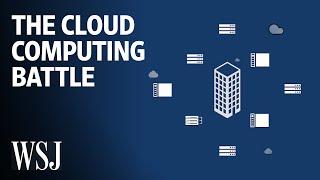
![Top 10 Future Technologies That Will Change Our World | Future Technology [Urdu/Hindi]](https://no-mar.com/uploads/thumbs/1fa06c0af-1.jpg)



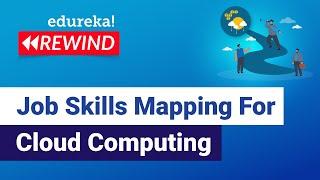


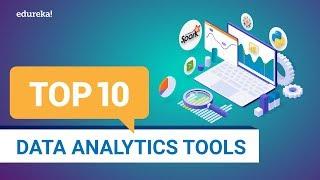

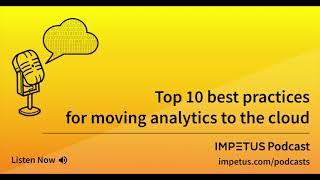
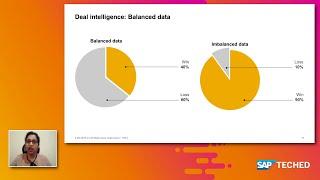
![Top 8 Cloud Service Providers In Cloud Computing in Hindi || 2020 [Animation]](https://no-mar.com/uploads/thumbs/f684230e0-1.jpg)
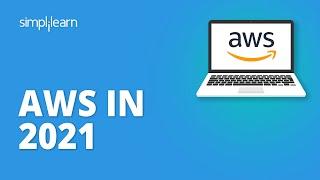
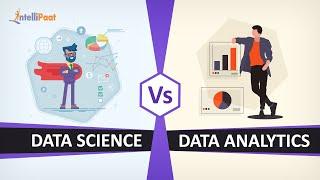





Comments